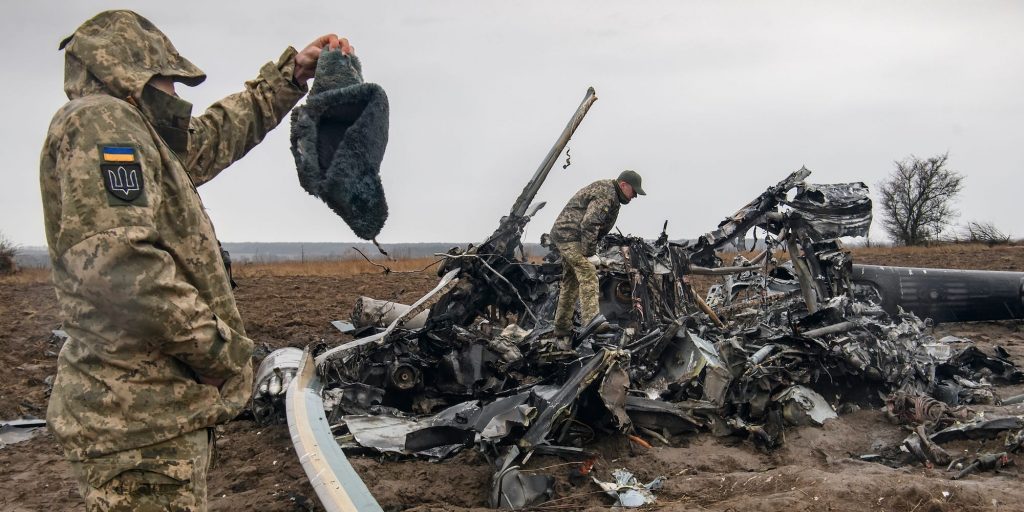- The drones and light, portable missiles used in Ukraine have taken a heavy toll on troops and material.
- The spread of such weapons raises doubts about the future role of heavy-duty hardware, including helicopters.
- Those weapons are here to stay, but militaries can do more to help pilots and aircraft survive.
Instead of the quick Russian victory that Moscow and much of the world expected, the war in Ukraine has dragged on for nearly four months, with both sides losing thousands of troops and hundreds of aircraft and vehicles.
The havoc wreaked by drones and other light, portable weapons has spurred renewed debate about the vulnerability of heavy-duty military hardware on modern battlefields — including helicopters, which are integral part of many militaries plans to maneuver and fight.
The end of an era?
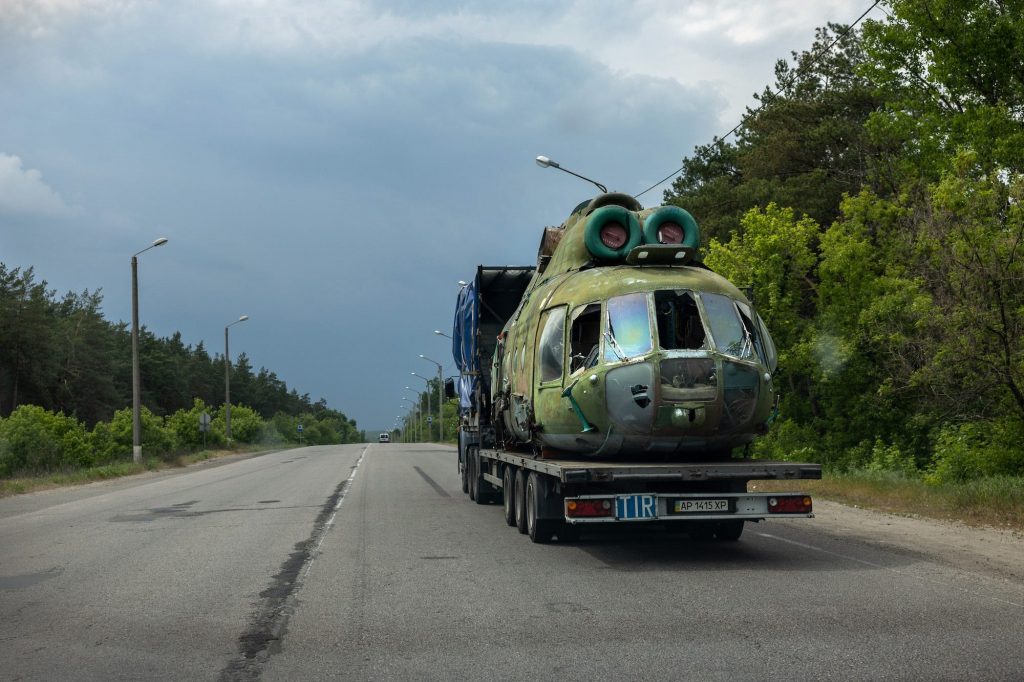
In a recent column in Aviation Week, defense and aerospace analyst Sash Tusa argued that the technological advances in sensors and anti-aircraft weapons on display in Ukraine is evidence that air assault and helicopter combat missions in general are becoming less viable.
In the opening hours of the invasion, elite Russian VDV airborne troops tried to capture the Hostomel airbase near Kyiv with an air assault. Dozens of Mi-8 transport helicopters, guarded by Ka-52 Alligator attack helicopters, ferried an assault force of paratroopers to the Ukrainian airfield.
The Russian air assault was ultimately a failure, as the Russian military failed to reinforce its airhead with follow-on forces and the Ukrainians counterattacked in force.
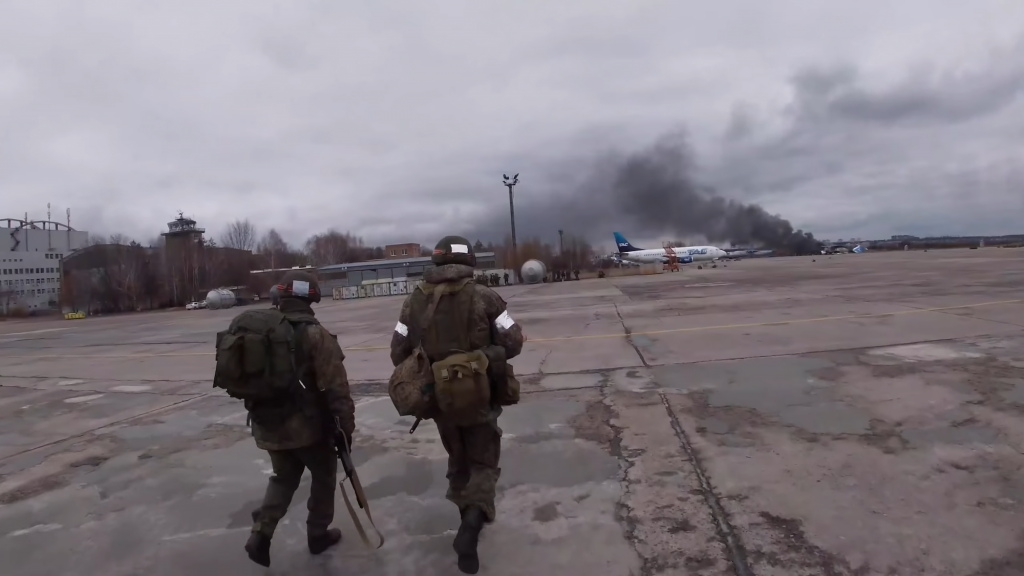
The failure of that mission — which resembled how the US and other major militaries would conduct air-assault operations — "should have been a shock to many observers," Tusa writes, adding that Ukrainian use of artillery and of shoulder-fired anti-aircraft missiles thwarted Russian efforts to reinforce at Hostomel and have deterred Russian helicopter operations for much of the war.
US air-assault doctrine, which the Pentagon has tried to instill in partner forces, including the Afghan and Ukrainian militaries, relies on technological and numerical superiority in advanced weapon systems, which is not representative of the capabilities of US allies and partners.
US conventional and special-operations units are accustomed to operating with US air superiority, but that is not the case for almost all other air forces. Indeed, it might not be the case for the US in war with China or Russia, which can both field an array of anti-aircraft weapons.
Helicopter wars
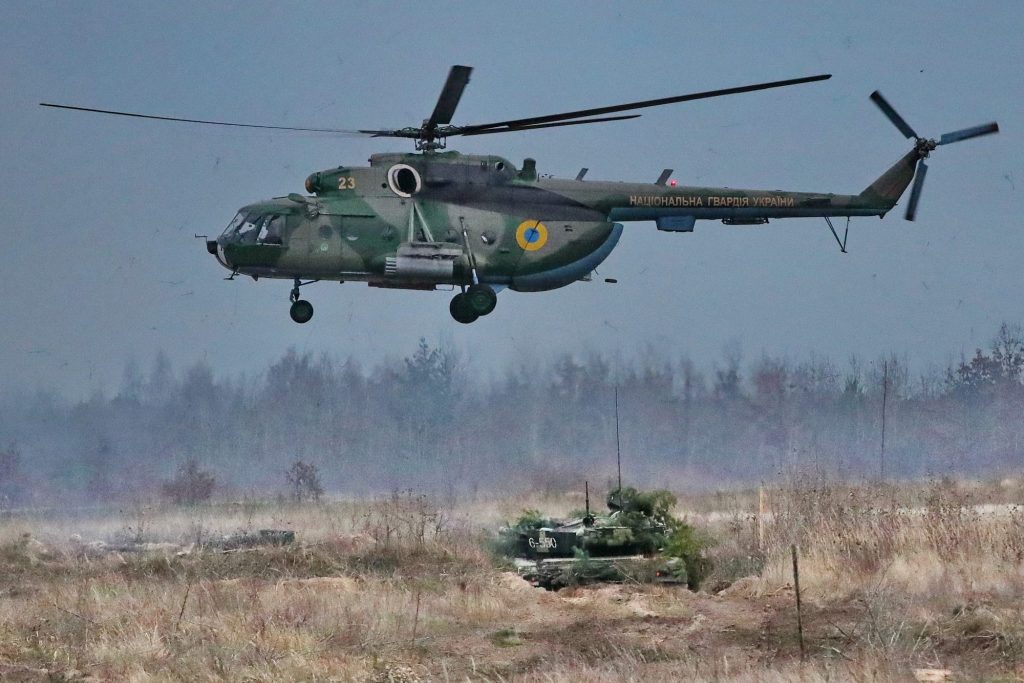
The airspace over Ukraine is full of threats for fixed-wing aircraft and helicopters.
Long- and medium-range anti-aircraft weapon systems, such as the S-200, -300, and -400, are making high-altitude flights dangerous for both sides. At the same time, man-portable air-defense systems are making life below 10,000 feet hard for aircrews. Ukrainian forces have even used anti-tank missiles to shoot down low-flying Russian helicopters.
Russia has reportedly lost close to 200 helicopters. Ukrainian aircraft losses are uncertain but likely high. There are several factors behind the heavy losses of rotary-wing assets for both sides.
To begin, most rotary-wing operations in Ukraine have taken place during the day. Neither side has the US military's night-flying capabilities, so they have to take the risk of daytime flying. In addition, neither side has potent countermeasures that would help their aircraft fend off incoming threats.
"They don't have up-to-date aircraft survivability equipment or electronic-warfare technology and countermeasures," retired Chief Warrant Officer 4 Greg Coker told Insider.
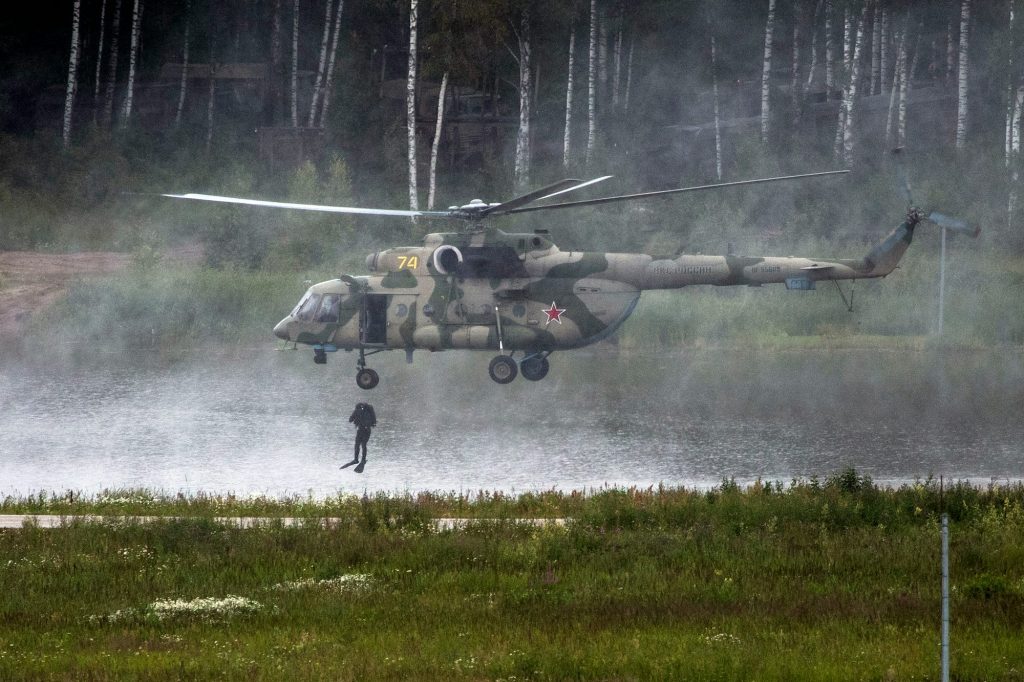
Coker, an AH-6 Little Bird gunship pilot and author of "Death Waits in the Dark," spent 30 years in the US military, completing 11 combat deployments with the vaunted 160th Special Operations Aviation Regiment, nicknamed the "Night Stalkers."
US military helicopters have special equipment, including active and passive technologies, designed to defeat infrared missiles, like Soviet-origin SA-7 and SA-14 anti-aircraft missiles that are shooting down helicopters in Ukraine today.
But as the old military adage says, technology will fail, and pilots need to be prepared to evade anti-aircraft fire by using speed and the terrain.
"They are not using the terrain to protect themselves. You must fly low and fast, constantly changing direction," said Coker, who appeared in a recent Smithsonian documentary on the AH-6 Little Bird.
Finally, the man-portable shouldered fired systems that are being used in Ukraine — including the US-made FIM-92 Stinger that was made famous for inflicting devastating Soviet losses in Afghanistan in the 1980s — are particularly effective.
In the absence of competent night-flying capabilities, Ukrainian and Russian pilots could adopt a number of tactics, techniques, and procedures to increase their survivability.
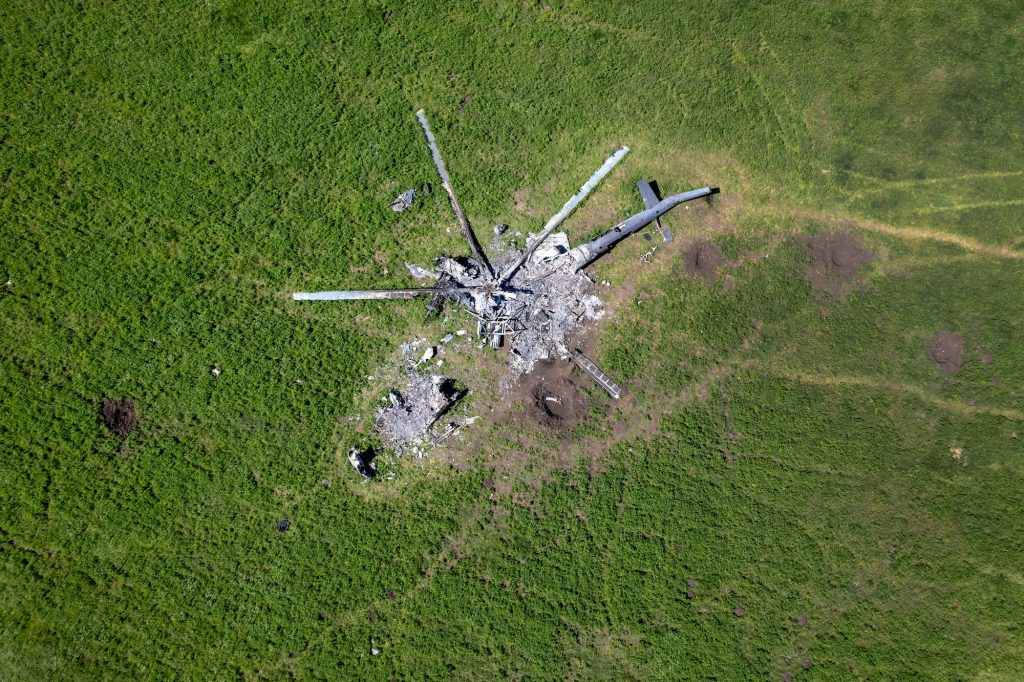
"They should utilize available terrain or go to an altitude that allows the helo to be out of range of the systems that are shooting them down — perhaps 5,000 feet," Coker said, adding that "better fire-support coordination with the ground force, if there is one" would help, as would holding off on using helicopters "until they are needed."
To be sure, the war in Ukraine is providing important lessons for every military, including the US. In a near-peer conflict with China or Russia, US helicopters would have to operate effectively in contested environments where the adversary has potent air-defense capabilities.
US military commanders should expect higher helicopter casualties in such conflicts, but US aviators say that sticking to the basics that have made US aviation so effective could help reduce, if not overcome, future threats.
"We fight at night and there is no one better. We have the best countermeasures in the world for our helicopters," Coker said. "The best helicopter pilots in the world. We fight at night!"
Stavros Atlamazoglou is a defense journalist specializing in special operations, a Hellenic Army veteran (national service with the 575th Marine Battalion and Army HQ), and a Johns Hopkins University graduate.
